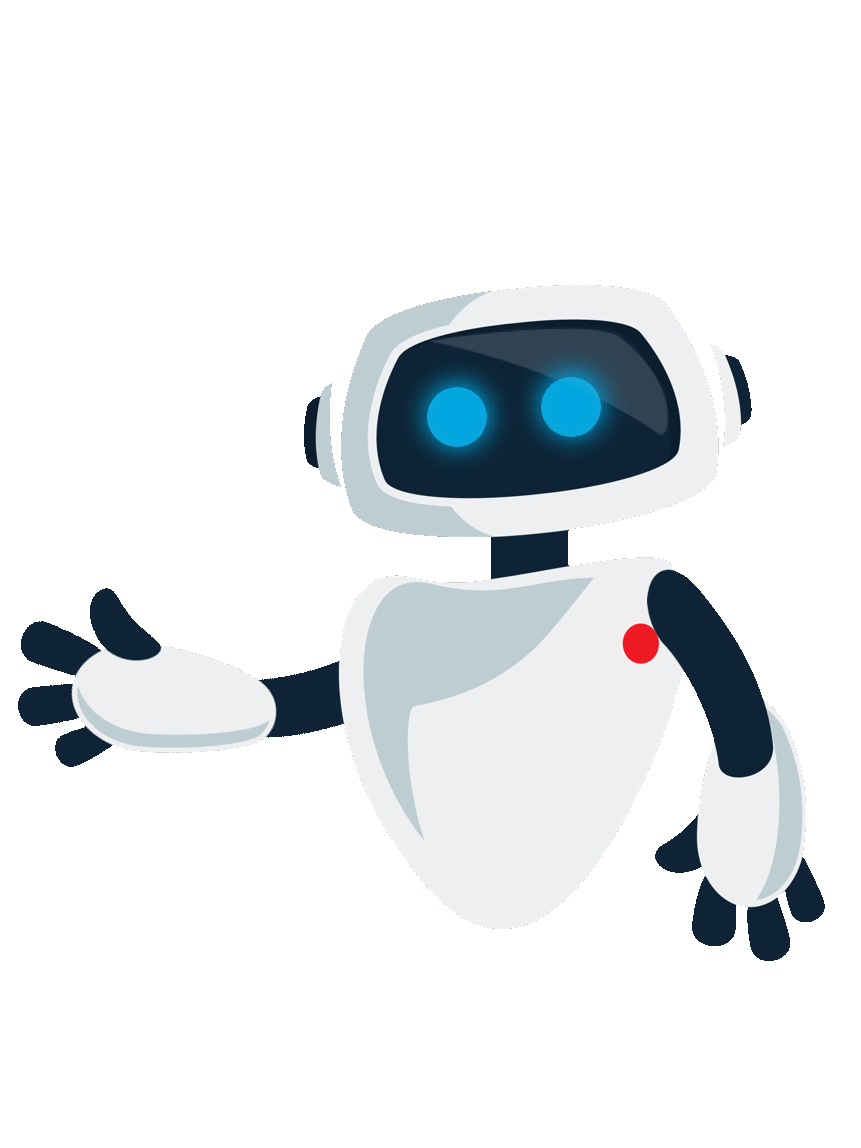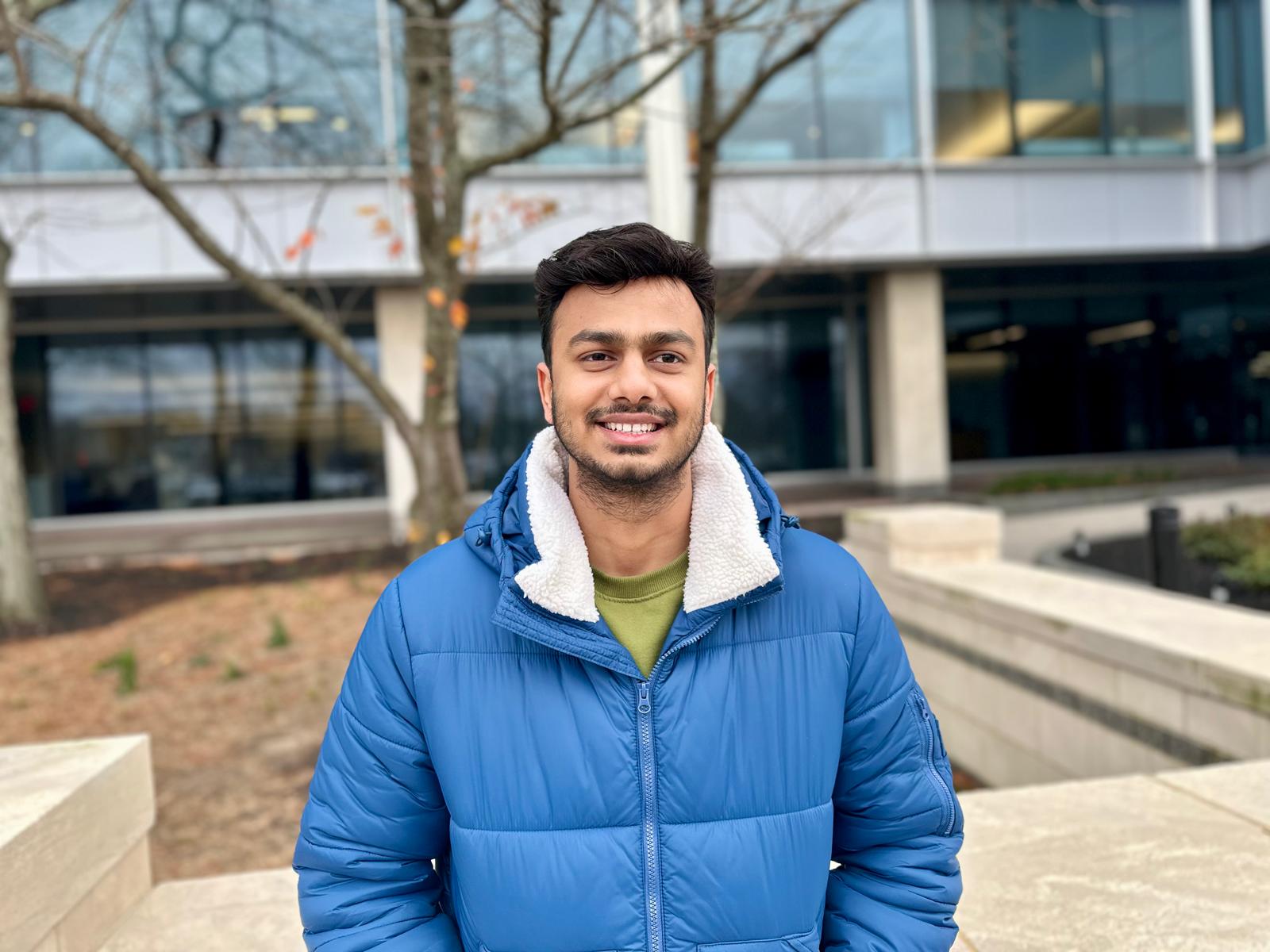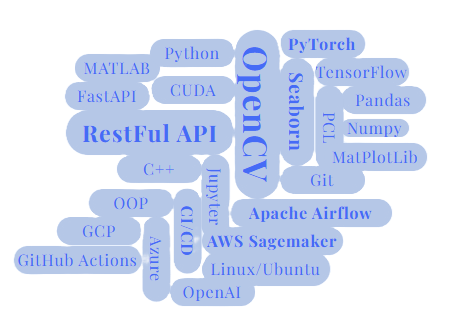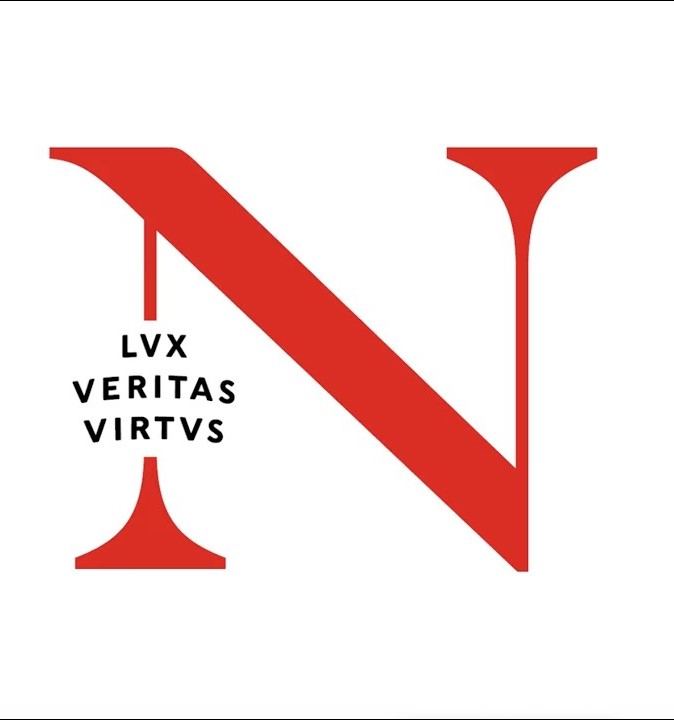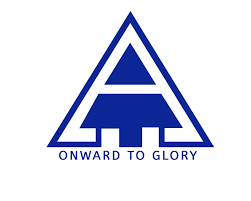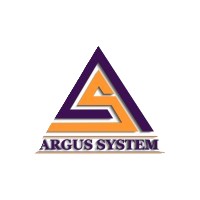Software Engineer
Developed an end-to-end ML pipeline for sentiment analysis using LSTM networks, achieving 89% accuracy, and a predicting API for real-time sentiment classification. Implemented CI/CD using CircleCI and AWS for scalable deployment and automated updates of the best-performing model.
Parsed over 100 resumes using NLTK for Named Entity Recognition, achieving an F1-score of 0.89 in predicting job roles with Random Forest and Gradient Boosting models through skill extraction and feature transformation.
Extracted resume skills and applied supervised learning random forest, gradient boosting with 0.89 F1-score to predict job.
